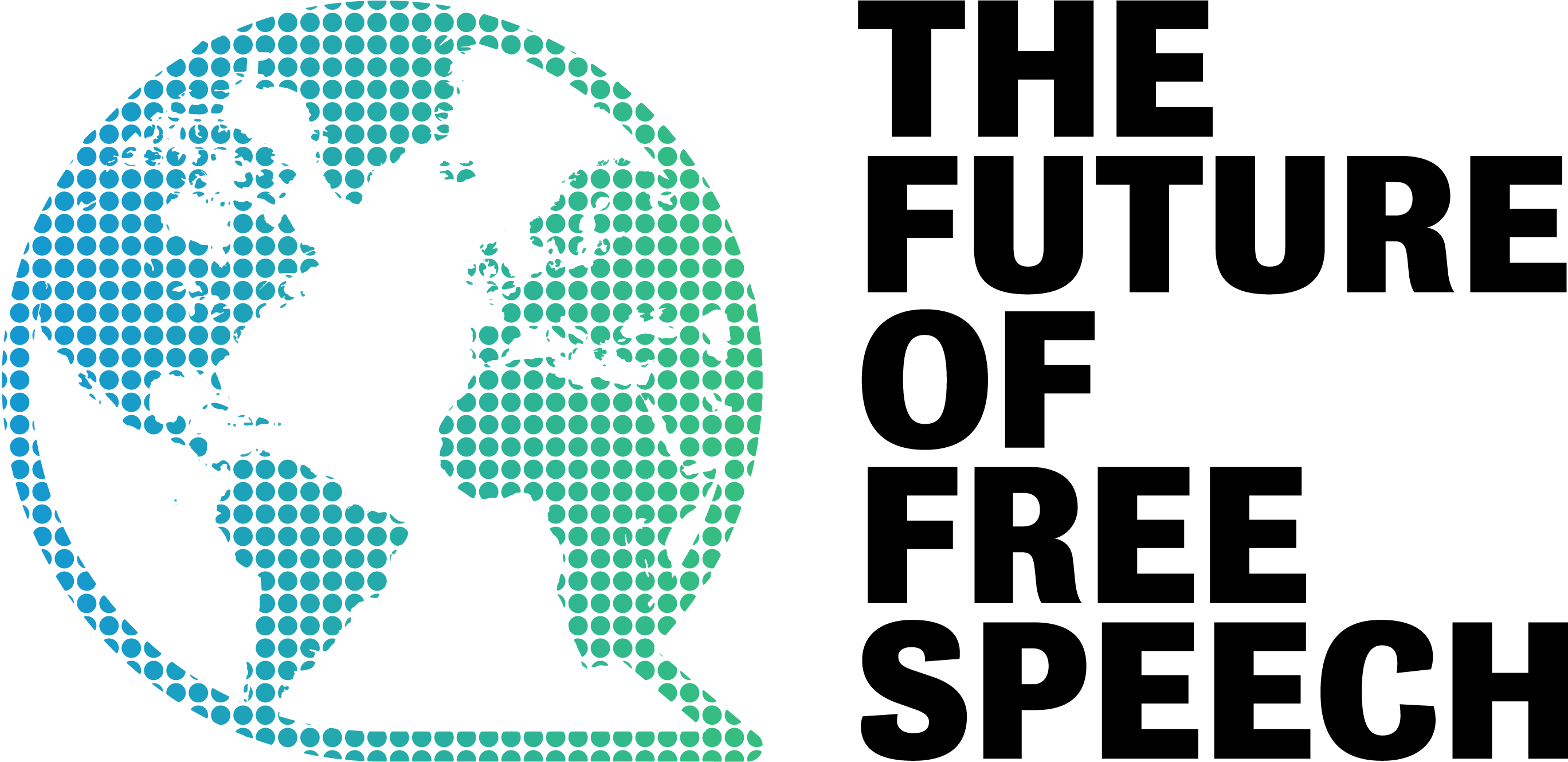
By Jeff Kosseff
Last year, the Supreme Court had a chance to interpret Section 230 of the Communications Decency Act for the first time. The Court was hearing Gonzalez v. Google, in which the lower court held that the 1996 law shielded Google from a lawsuit filed by the family of an Islamic State shooting victim.
During oral arguments, the justices seemed to realize, in real time, that Section 230 was better left to Congress than the Court. “We really don’t know about these things,” Justice Elena Kagan said. “You know, these are not like the nine greatest experts on the internet.” So it wasn’t a surprise in May when the Court entirely punted on Section 230 and decided the case on narrower grounds.
Almost exactly a year later, on Feb. 26, the nine non-experts were back in the courtroom, hearing arguments in another vital technology case. NetChoice, a technology trade group, was challenging Florida and Texas laws that restrict large platforms’ ability to moderate user content. This time, Section 230 was not directly before the Court. Instead, the Court was examining whether the platforms have a First Amendment right to moderate. Still, the justices and lawyers mentioned Section 230 more than 70 times during the four hours of arguments.
And some of the mentions were, well, doozies. I published a book about the statute’s history five years ago, just as commentators and politicians across the political spectrum increased their skepticism of the need for such sweeping immunity. As the Section 230 debate intensified, so did the myths about the law’s history, purpose, and operation. And those misinterpretations were on full display during the NetChoice oral arguments.
Jeff Kosseff is a Non-Resident Senior Fellow for The Future of Free Speech. He writes about online speech, the First Amendment, and Section 230 of the Communications Decency Act.

